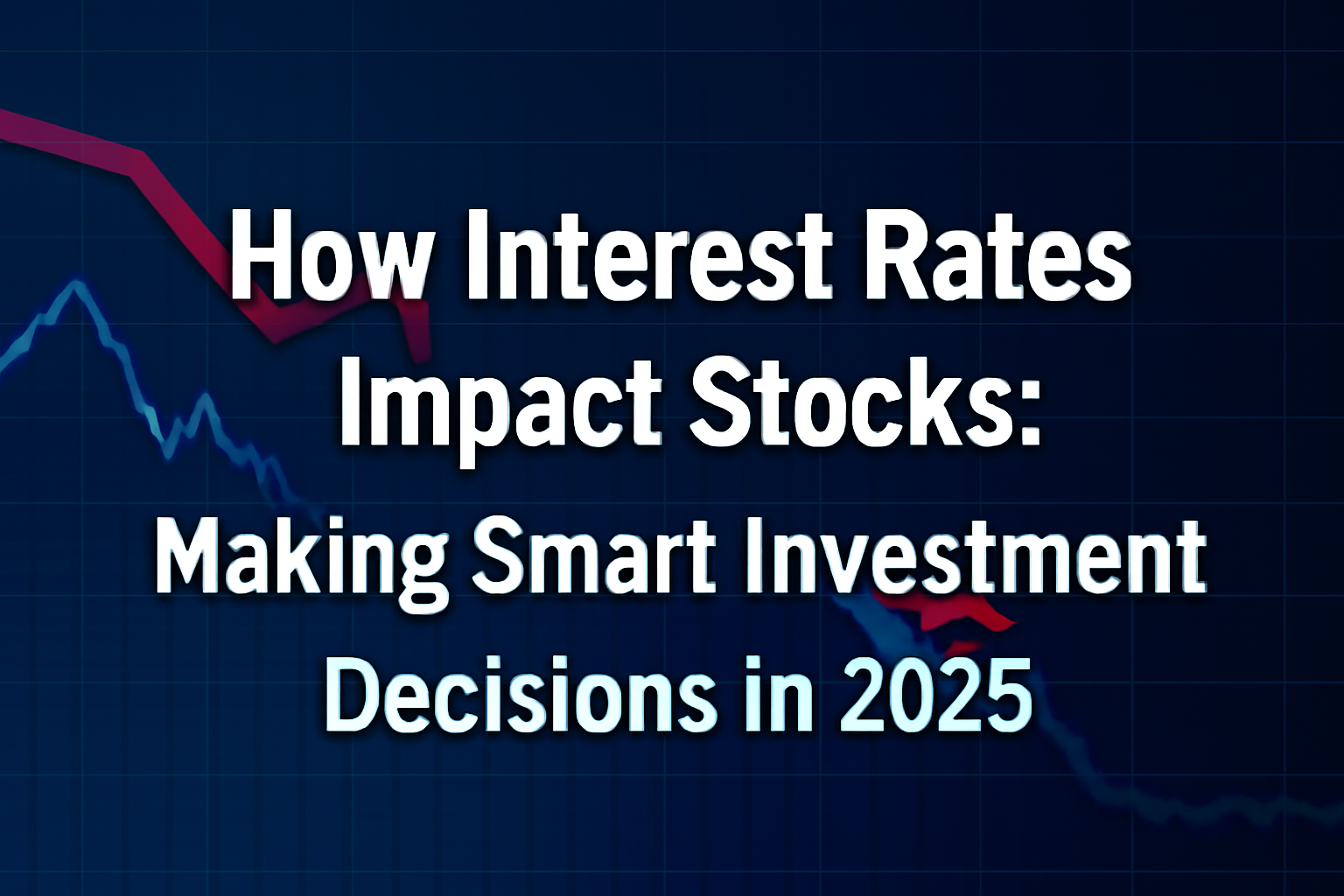Summary: The cryptocurrency market is experiencing renewed excitement in 2025. With Bitcoin and Ethereum showing growth and institutional interest increasing, could a new bull run be on the horizon? Here’s a detailed analysis to help investors navigate this volatile space.
📉 The Current State of Major Cryptocurrencies
In 2025, the two leading cryptocurrencies, Bitcoin and Ethereum, remain dominant in the market. Bitcoin’s price has recently surpassed $40,000, showing signs of stability compared to the extreme fluctuations of previous years. Ethereum has also seen significant growth, trading above $3,000, driven largely by the continued rise of decentralized finance (DeFi) and smart contracts.
While Bitcoin’s store of value narrative continues to attract institutional investors, Ethereum is benefiting from the growth of decentralized applications (dApps) and non-fungible tokens (NFTs). Other altcoins, such as Solana and Cardano, are also gaining traction, primarily driven by their lower transaction costs and faster processing times compared to Bitcoin and Ethereum.
The broader cryptocurrency market, which includes smaller altcoins, is showing signs of recovery after a prolonged downturn, with increasing interest from retail and institutional investors alike. However, it’s important to note that the market is still highly volatile, and prices can swing dramatically within a short time.
💡 Factors That Drive or Restrain Cryptocurrency Prices
Factors Driving Prices:
- Institutional Adoption: One of the most significant drivers of the current market rally is institutional adoption. Large financial institutions such as Goldman Sachs, BlackRock, and JPMorgan have increased their exposure to cryptocurrencies, offering Bitcoin futures and blockchain-based products to their clients. This adds legitimacy to the market and drives demand.
- Mainstream Acceptance: Cryptocurrencies are becoming more mainstream, with large corporations like Tesla and Microsoft accepting Bitcoin as payment. The recent approval of Bitcoin ETFs has made it easier for retail investors to access digital currencies, further boosting market interest.
- Technological Advancements: Blockchain technology is continuing to evolve, with innovations like Ethereum 2.0, which promises faster transaction speeds and lower energy consumption. Additionally, the rise of DeFi platforms that offer decentralized lending, borrowing, and trading options is driving new demand.
- Hedge Against Inflation: As inflation concerns rise globally, many investors are turning to Bitcoin as a store of value, similar to gold. The narrative of Bitcoin as a “digital gold” alternative is gaining traction, especially in regions with high inflation rates.
Factors Restraining Prices:
- Regulatory Uncertainty: Governments around the world are grappling with how to regulate cryptocurrencies. In the U.S., there have been discussions around tightening regulations on exchanges and initial coin offerings (ICOs), which can create uncertainty in the market. Similarly, China’s crackdown on crypto mining and trading continues to put pressure on the market.
- Environmental Concerns: Bitcoin’s proof-of-work (PoW) mining mechanism consumes significant energy, which has led to environmental concerns. While Ethereum is transitioning to a more energy-efficient proof-of-stake (PoS) model, the environmental footprint of cryptocurrencies remains a challenge for widespread adoption.
- Market Volatility: Despite its potential, cryptocurrency remains a highly speculative asset. Large price swings—both upward and downward—continue to create uncertainty for investors, particularly those new to the space. A lack of regulation and manipulation concerns also contribute to the market’s volatility.
🏛️ The Impact of Regulations on Cryptocurrency Security and Volatility
Regulations play a critical role in shaping the future of cryptocurrencies. In the U.S., the Securities and Exchange Commission (SEC) has been actively looking at how to classify and regulate crypto assets. The regulatory environment is a double-edged sword. On the one hand, clear regulations can protect investors and promote trust in the market. On the other hand, excessive regulation could stifle innovation and push crypto-related activities into unregulated jurisdictions.
For example, the recent push for anti-money laundering (AML) and know your customer (KYC) rules by governments has raised concerns about user privacy and decentralized principles. However, regulations that provide clearer guidelines for exchanges and custodians could mitigate security risks, such as hacking and fraud, which have plagued the industry.
While regulations might help in reducing the volatility of the market, they may also create short-term uncertainty as investors try to gauge the regulatory landscape. Markets tend to react negatively to news of tightening regulation, as seen in the price dips following news of China’s crypto mining ban.
🏦 The Role of Financial Institutions in the Future of Cryptocurrencies
Financial institutions are increasingly recognizing the potential of blockchain technology and digital assets. Banks are beginning to offer cryptocurrency investment products, and some, like Goldman Sachs, are facilitating crypto transactions for their clients. Furthermore, central bank digital currencies (CBDCs) are being tested globally, with nations like China leading the charge with their digital yuan. These developments suggest that cryptocurrencies, and the technology behind them, will play a more integrated role in the global financial system.
The increasing involvement of traditional financial institutions signals that cryptocurrencies may eventually become part of a diversified financial portfolio. As institutional players bring stability and liquidity, the market could become less speculative and more aligned with traditional asset classes. However, this also raises concerns about the centralization of an asset that was originally designed to be decentralized.
📈 How Investors Can Prepare for a Potential Bull Run
- Diversify Your Portfolio: A diversified approach remains crucial in managing the risks associated with cryptocurrency investments. Consider including a mix of large-cap coins like Bitcoin and Ethereum, as well as smaller altcoins and blockchain-based projects.
- Stay Informed: Given the fast-changing landscape, investors need to stay up-to-date on developments in regulation, technology, and market trends. Following industry news and updates from central banks and financial institutions can give investors a better sense of market direction.
- Set Risk Management Strategies: With the potential for significant volatility, investors should establish clear risk management strategies. This could include setting stop-loss orders, taking profits at predefined levels, and limiting exposure to more speculative assets.
- Long-Term Perspective: Cryptocurrencies are likely to continue experiencing short-term volatility, but long-term investors should focus on the fundamentals—blockchain technology’s potential, increasing institutional adoption, and growing demand for decentralized financial products. Maintaining a long-term perspective can help investors weather market fluctuations.
Conclusion: The cryptocurrency market in 2025 is showing signs of potential growth, but the volatility and regulatory uncertainty still present significant risks. With institutional adoption, technological advancements, and the increasing use of cryptocurrencies in the financial system, a new bull run is certainly possible. However, careful planning and risk management will be essential for navigating the ups and downs of this dynamic market.







Leave a Reply